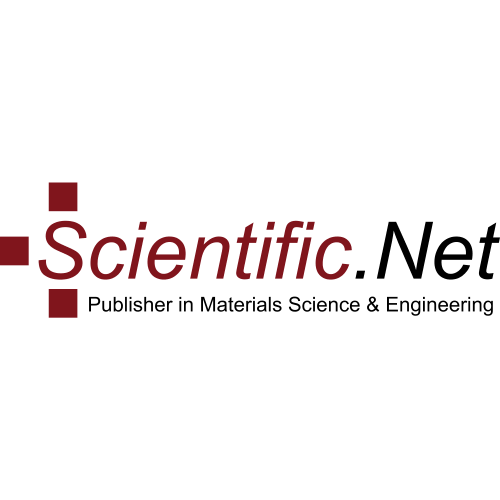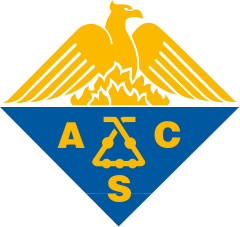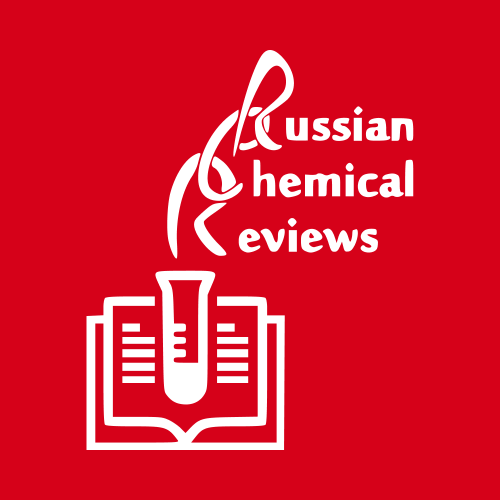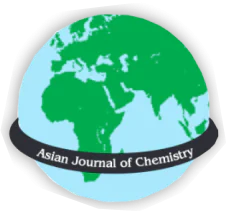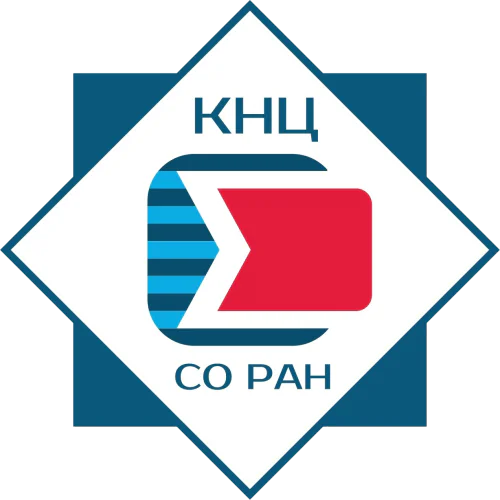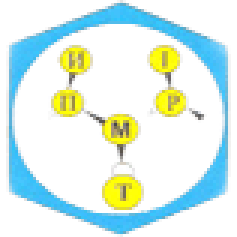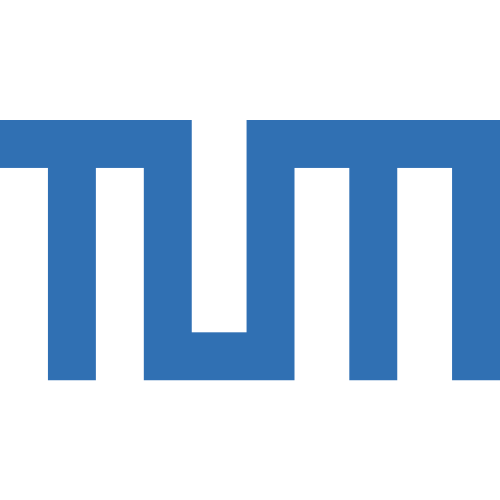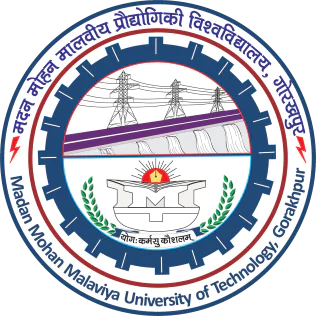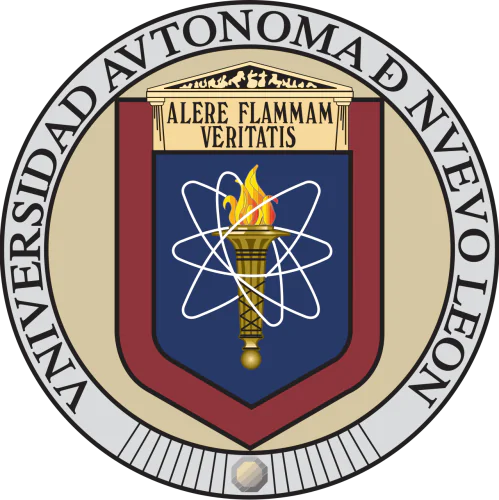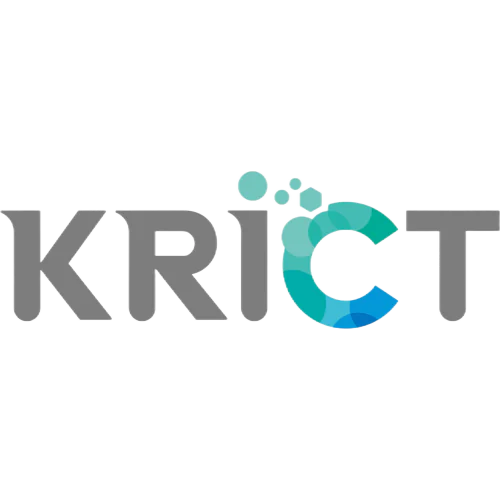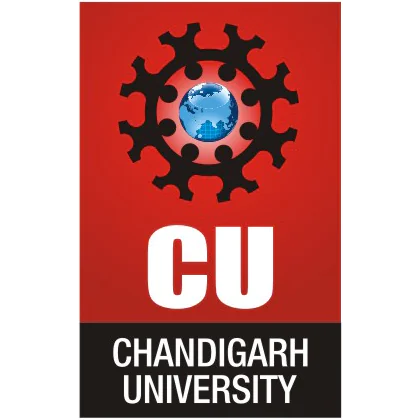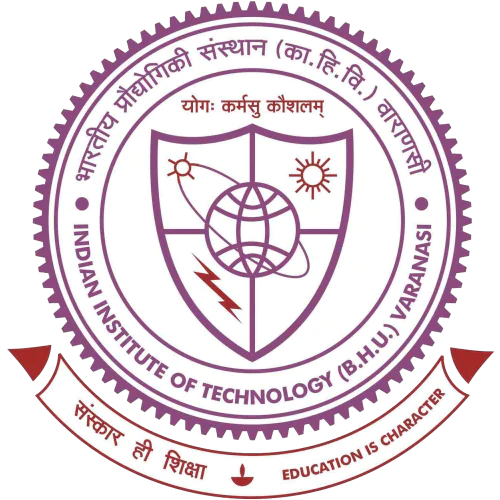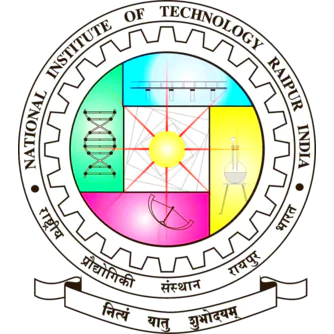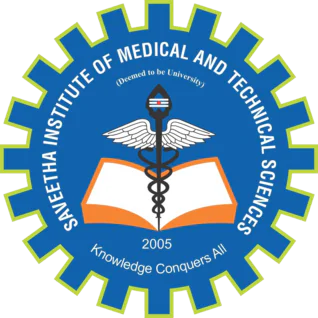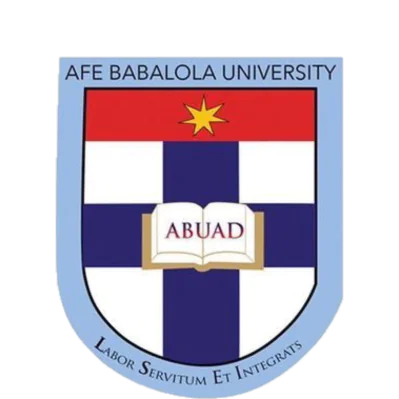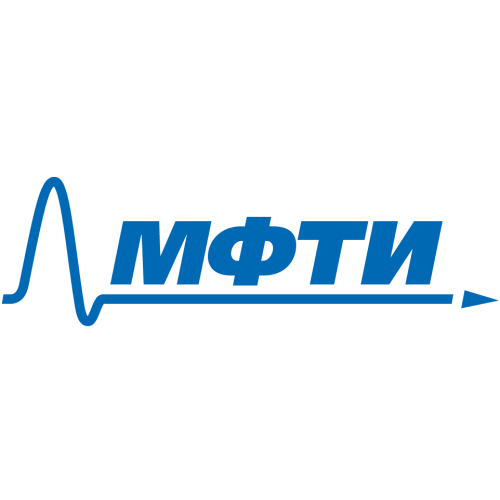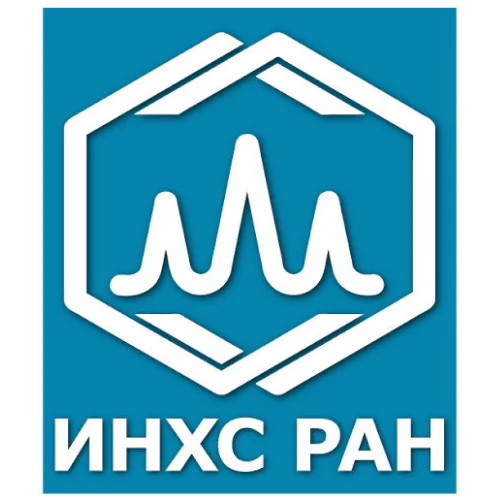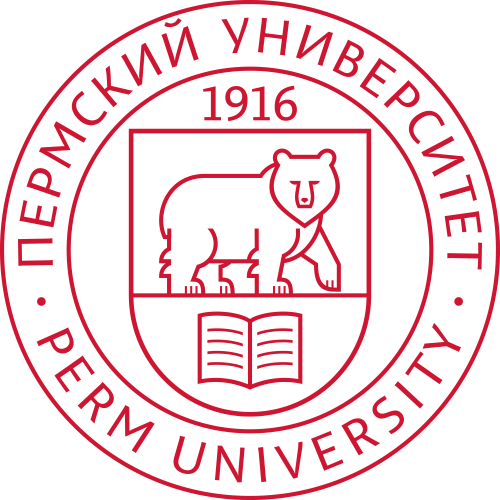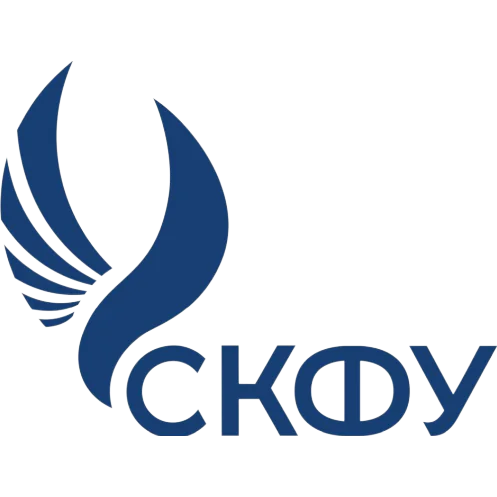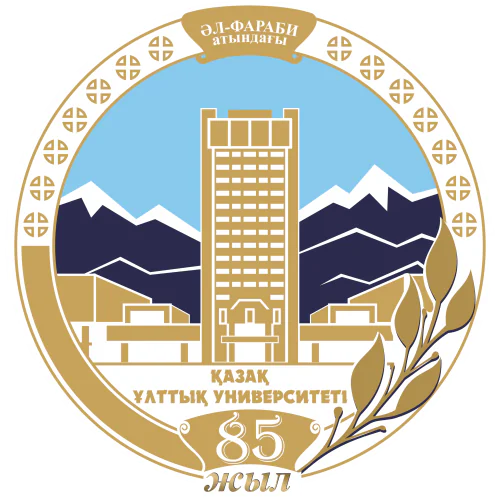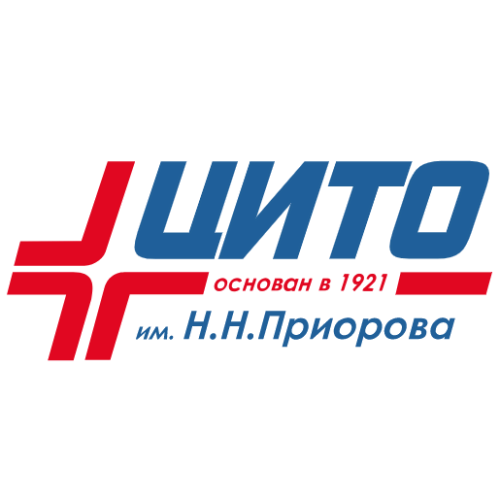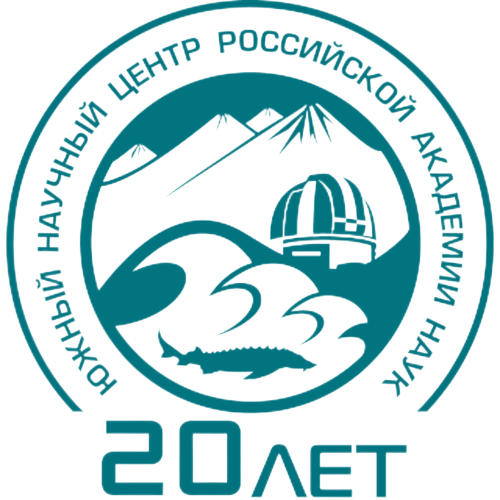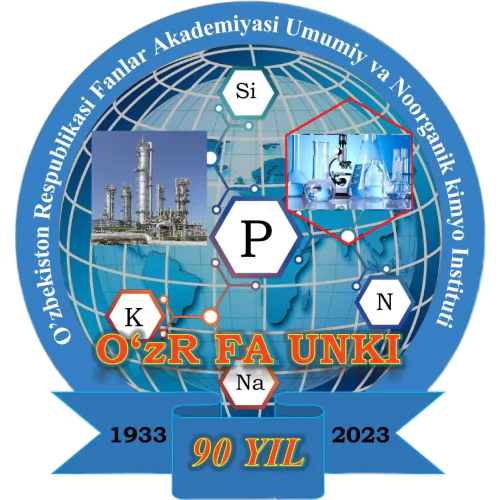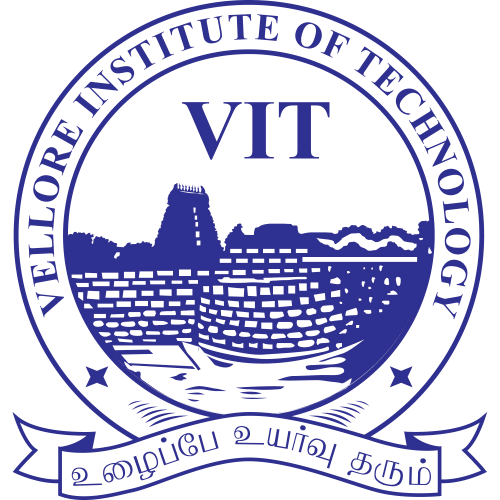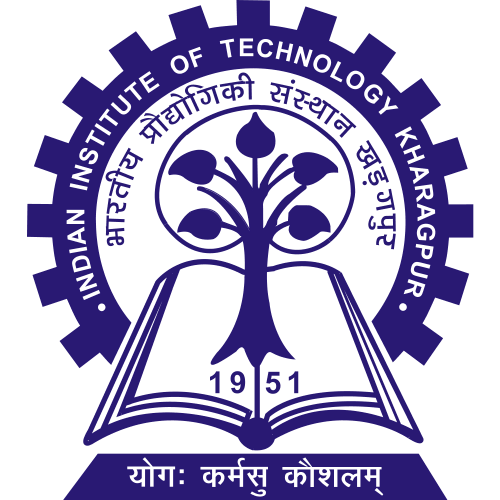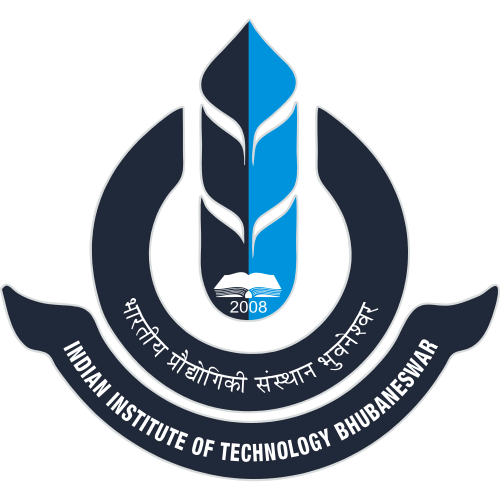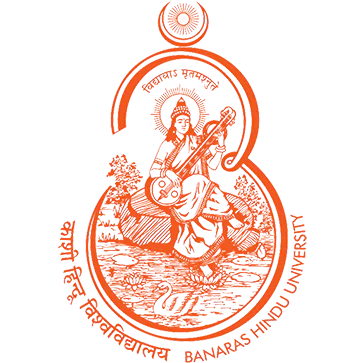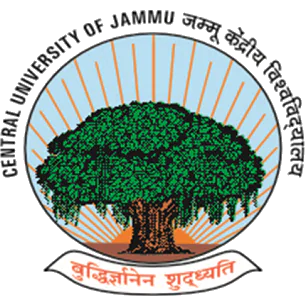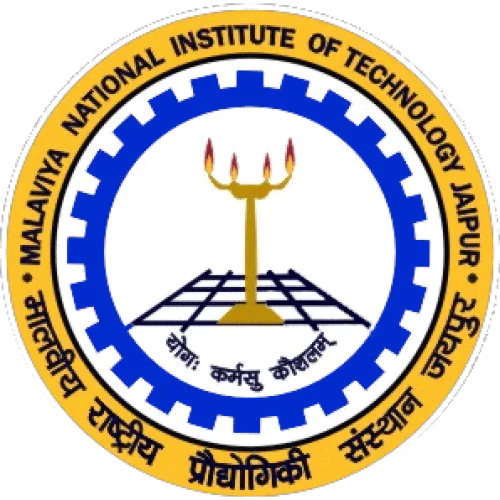Rose K Baimuratova
PhD in Chemistry
🥼
🥼
Rose can become your supervisor
If you would like to work under his/her guidance, please write a message or contact him/her on social media.
Authorization required.
🤝
🤝
Rose is looking for opportunities for scientific collaboration
If you would like to do joint research with him/her, write a message or contact him/her on social media.
Authorization required.
Publications
32
Citations
201
h-index
7
Labs

Researcher
Education
Federal Research Center of Problem of Chemical Physics and Medicinal Chemistry RAS
2018 — 2022,
Postgraduate
Ufa State Petroleum Technological University
2015 — 2017,
Master, Technological
Bashkir State University
2011 — 2015,
Bachelor, Chemical
Found
Nothing found, try to update filter.
Found
Nothing found, try to update filter.
Found
Nothing found, try to update filter.
Total publications
32
Total citations
201
Citations per publication
6.28
Average publications per year
4.57
Average coauthors
7.13
Publications years
2019-2025 (7 years)
h-index
7
i10-index
2
m-index
1
o-index
19
g-index
12
w-index
2
Metrics description
h-index
A scientist has an h-index if h of his N publications are cited at least h times each, while the remaining (N - h) publications are cited no more than h times each.
i10-index
The number of the author's publications that received at least 10 links each.
m-index
The researcher's m-index is numerically equal to the ratio of his h-index to the number of years that have passed since the first publication.
o-index
The geometric mean of the h-index and the number of citations of the most cited article of the scientist.
g-index
For a given set of articles, sorted in descending order of the number of citations that these articles received, the g-index is the largest number such that the g most cited articles received (in total) at least g2 citations.
w-index
If w articles of a researcher have at least 10w citations each and other publications are less than 10(w+1) citations, then the researcher's w-index is equal to w.
Top-100
Fields of science
|
1
2
3
4
5
|
|
|
Physical and Theoretical Chemistry
|
Physical and Theoretical Chemistry, 5, 15.63%
Physical and Theoretical Chemistry
5 publications, 15.63%
|
|
General Chemistry
|
General Chemistry, 4, 12.5%
General Chemistry
4 publications, 12.5%
|
|
Polymers and Plastics
|
Polymers and Plastics, 4, 12.5%
Polymers and Plastics
4 publications, 12.5%
|
|
General Materials Science
|
General Materials Science, 3, 9.38%
General Materials Science
3 publications, 9.38%
|
|
Mechanical Engineering
|
Mechanical Engineering, 3, 9.38%
Mechanical Engineering
3 publications, 9.38%
|
|
Mechanics of Materials
|
Mechanics of Materials, 3, 9.38%
Mechanics of Materials
3 publications, 9.38%
|
|
Materials Chemistry
|
Materials Chemistry, 2, 6.25%
Materials Chemistry
2 publications, 6.25%
|
|
Ceramics and Composites
|
Ceramics and Composites, 2, 6.25%
Ceramics and Composites
2 publications, 6.25%
|
|
General Medicine
|
General Medicine, 2, 6.25%
General Medicine
2 publications, 6.25%
|
|
Engineering (miscellaneous)
|
Engineering (miscellaneous), 2, 6.25%
Engineering (miscellaneous)
2 publications, 6.25%
|
|
Electronic, Optical and Magnetic Materials
|
Electronic, Optical and Magnetic Materials, 1, 3.13%
Electronic, Optical and Magnetic Materials
1 publication, 3.13%
|
|
Organic Chemistry
|
Organic Chemistry, 1, 3.13%
Organic Chemistry
1 publication, 3.13%
|
|
Biochemistry
|
Biochemistry, 1, 3.13%
Biochemistry
1 publication, 3.13%
|
|
Inorganic Chemistry
|
Inorganic Chemistry, 1, 3.13%
Inorganic Chemistry
1 publication, 3.13%
|
|
Spectroscopy
|
Spectroscopy, 1, 3.13%
Spectroscopy
1 publication, 3.13%
|
|
General Chemical Engineering
|
General Chemical Engineering, 1, 3.13%
General Chemical Engineering
1 publication, 3.13%
|
|
Multidisciplinary
|
Multidisciplinary, 1, 3.13%
Multidisciplinary
1 publication, 3.13%
|
|
Analytical Chemistry
|
Analytical Chemistry, 1, 3.13%
Analytical Chemistry
1 publication, 3.13%
|
|
Chemistry (miscellaneous)
|
Chemistry (miscellaneous), 1, 3.13%
Chemistry (miscellaneous)
1 publication, 3.13%
|
|
General Physics and Astronomy
|
General Physics and Astronomy, 1, 3.13%
General Physics and Astronomy
1 publication, 3.13%
|
|
1
2
3
4
5
|
Journals
|
1
2
3
4
|
|
|
Polymers
4 publications, 12.5%
|
|
|
High Energy Chemistry
3 publications, 9.38%
|
|
|
Key Engineering Materials
3 publications, 9.38%
|
|
|
Eurasian Journal of Chemistry
3 publications, 9.38%
|
|
|
Journal of Inorganic and Organometallic Polymers and Materials
2 publications, 6.25%
|
|
|
Journal of Composites Science
2 publications, 6.25%
|
|
|
Materials Today Chemistry
1 publication, 3.13%
|
|
|
New Journal of Chemistry
1 publication, 3.13%
|
|
|
Inorganica Chimica Acta
1 publication, 3.13%
|
|
|
Physical Chemistry Chemical Physics
1 publication, 3.13%
|
|
|
Photochemistry and Photobiology
1 publication, 3.13%
|
|
|
Mendeleev Communications
1 publication, 3.13%
|
|
|
Russian Journal of Physical Chemistry A
1 publication, 3.13%
|
|
|
Journal of Molecular Structure
1 publication, 3.13%
|
|
|
Pure and Applied Chemistry
1 publication, 3.13%
|
|
|
Chemico-Biological Interactions
1 publication, 3.13%
|
|
|
Heliyon
1 publication, 3.13%
|
|
|
Materials Today: Proceedings
1 publication, 3.13%
|
|
|
Magnetochemistry
1 publication, 3.13%
|
|
|
SSRN Electronic Journal
1 publication, 3.13%
|
|
|
Journal of Physics Energy
1 publication, 3.13%
|
|
|
1
2
3
4
|
Citing journals
Publishers
|
1
2
3
4
5
6
7
|
|
|
MDPI
7 publications, 21.88%
|
|
|
Elsevier
6 publications, 18.75%
|
|
|
Pleiades Publishing
4 publications, 12.5%
|
|
|
Trans Tech Publications
3 publications, 9.38%
|
|
|
Karagandy University of the name of academician E.A. Buketov
3 publications, 9.38%
|
|
|
Springer Nature
2 publications, 6.25%
|
|
|
Royal Society of Chemistry (RSC)
2 publications, 6.25%
|
|
|
Walter de Gruyter
1 publication, 3.13%
|
|
|
Wiley
1 publication, 3.13%
|
|
|
IOP Publishing
1 publication, 3.13%
|
|
|
Social Science Electronic Publishing
1 publication, 3.13%
|
|
|
OOO Zhurnal "Mendeleevskie Soobshcheniya"
1 publication, 3.13%
|
|
|
1
2
3
4
5
6
7
|
Organizations from articles
Countries from articles
|
5
10
15
20
25
30
|
|
|
Russia
|
Russia, 27, 84.38%
Russia
27 publications, 84.38%
|
|
Country not defined
|
Country not defined, 7, 21.88%
Country not defined
7 publications, 21.88%
|
|
Austria
|
Austria, 3, 9.38%
Austria
3 publications, 9.38%
|
|
France
|
France, 2, 6.25%
France
2 publications, 6.25%
|
|
Kazakhstan
|
Kazakhstan, 2, 6.25%
Kazakhstan
2 publications, 6.25%
|
|
India
|
India, 2, 6.25%
India
2 publications, 6.25%
|
|
Germany
|
Germany, 1, 3.13%
Germany
1 publication, 3.13%
|
|
USA
|
USA, 1, 3.13%
USA
1 publication, 3.13%
|
|
Italy
|
Italy, 1, 3.13%
Italy
1 publication, 3.13%
|
|
Mexico
|
Mexico, 1, 3.13%
Mexico
1 publication, 3.13%
|
|
Republic of Korea
|
Republic of Korea, 1, 3.13%
Republic of Korea
1 publication, 3.13%
|
|
Uzbekistan
|
Uzbekistan, 1, 3.13%
Uzbekistan
1 publication, 3.13%
|
|
South Africa
|
South Africa, 1, 3.13%
South Africa
1 publication, 3.13%
|
|
5
10
15
20
25
30
|
Citing organizations
|
5
10
15
20
25
30
35
|
|
|
Federal Research Center of Problem of Chemical Physics and Medicinal Chemistry RAS
31 citations, 15.42%
|
|
|
Moscow Aviation Institute (National Research University)
29 citations, 14.43%
|
|
|
Southern Federal University
27 citations, 13.43%
|
|
|
Madan Mohan Malaviya University Of Technology
18 citations, 8.96%
|
|
|
Organization not defined
|
Organization not defined, 17, 8.46%
Organization not defined
17 citations, 8.46%
|
|
Korea Research Institute of Chemical Technology
14 citations, 6.97%
|
|
|
Indian Institute of Science
12 citations, 5.97%
|
|
|
King Saud University
11 citations, 5.47%
|
|
|
Lomonosov Moscow State University
8 citations, 3.98%
|
|
|
Chandigarh University
6 citations, 2.99%
|
|
|
Universidad Autónoma de Nuevo León
6 citations, 2.99%
|
|
|
Don State Technical University
5 citations, 2.49%
|
|
|
University of Lucknow
5 citations, 2.49%
|
|
|
Medical University of Graz
5 citations, 2.49%
|
|
|
Sclifosovsky Research Institute for Emergency Medicine
4 citations, 1.99%
|
|
|
Babasaheb Bhimrao Ambedkar University
4 citations, 1.99%
|
|
|
Sichuan University of Science and Engineering
4 citations, 1.99%
|
|
|
Deen Dayal Upadhyaya Gorakhpur University
4 citations, 1.99%
|
|
|
BioTechMed-Graz
4 citations, 1.99%
|
|
|
Bauman Moscow State Technical University
3 citations, 1.49%
|
|
|
Najran University
3 citations, 1.49%
|
|
|
University of Delhi
3 citations, 1.49%
|
|
|
University of Malaya
3 citations, 1.49%
|
|
|
West Anhui University
3 citations, 1.49%
|
|
|
Anhui University
3 citations, 1.49%
|
|
|
University of Ilorin
3 citations, 1.49%
|
|
|
Landmark University
3 citations, 1.49%
|
|
|
Ohio State University
3 citations, 1.49%
|
|
|
N.N. Semenov Federal Research Center for Chemical Physics of the Russian Academy of Sciences
2 citations, 1%
|
|
|
Emanuel Institute of Biochemical Physics of the Russian Academy of Sciences
2 citations, 1%
|
|
|
Osipyan Institute of Solid State Physics of the Russian Academy of Sciences
2 citations, 1%
|
|
|
Moscow Power Engineering Institute
2 citations, 1%
|
|
|
Indian Institute of Technology (Banaras Hindu University) Varanasi
2 citations, 1%
|
|
|
National Institute of Technology Raipur
2 citations, 1%
|
|
|
Khajeh Nasir Toosi University of Technology
2 citations, 1%
|
|
|
Saveetha Institute of Medical and Technical Sciences
2 citations, 1%
|
|
|
Manipal University Jaipur
2 citations, 1%
|
|
|
Technical University of Munich
2 citations, 1%
|
|
|
Chongqing University
2 citations, 1%
|
|
|
University of Warwick
2 citations, 1%
|
|
|
University of South Africa
2 citations, 1%
|
|
|
University of the Western Cape
2 citations, 1%
|
|
|
Nelson Mandela University
2 citations, 1%
|
|
|
Afe Babalola University
2 citations, 1%
|
|
|
Kwara State University
2 citations, 1%
|
|
|
Pohang University of Science and Technology
2 citations, 1%
|
|
|
Mokpo National University
2 citations, 1%
|
|
|
University of Patras
2 citations, 1%
|
|
|
Universidad Nacional Autónoma de México
2 citations, 1%
|
|
|
Yamagata University
2 citations, 1%
|
|
|
University of Texas at San Antonio
2 citations, 1%
|
|
|
A.N.Nesmeyanov Institute of Organoelement Compounds of the Russian Academy of Sciences
1 citation, 0.5%
|
|
|
A.N. Frumkin Institute of Physical Chemistry and Electrochemistry of the Russian Academy of Sciences
1 citation, 0.5%
|
|
|
Moscow Institute of Physics and Technology
1 citation, 0.5%
|
|
|
Institute of Biophysics of the Siberian Branch of the Russian Academy of Sciences
1 citation, 0.5%
|
|
|
Institute of Ecology and Genetics of Microorganisms of the Ural Branch of the Russian Academy of Sciences
1 citation, 0.5%
|
|
|
A.V. Topchiev Institute of Petrochemical Synthesis RAS
1 citation, 0.5%
|
|
|
Enikolopov Institute of Synthetic Polymeric Materials of the Russian Academy of Sciences
1 citation, 0.5%
|
|
|
A.A. Baikov Institute of Metallurgy and Materials Science of the Russian Academy of Sciences
1 citation, 0.5%
|
|
|
Institute of Solid State Chemistry of the Ural Branch of the Russian Academy of Sciences
1 citation, 0.5%
|
|

Kotelnikov Institute of Radioengineering and Electronics of the Russian Academy of Sciences
1 citation, 0.5%
|
|
|
Institute of Microelectronics Technology and High Purity Materials of the Russian Academy of Sciences
1 citation, 0.5%
|
|
|
Perm State National Research University
1 citation, 0.5%
|
|
|
Far Eastern Federal University
1 citation, 0.5%
|
|
|
Siberian Federal University
1 citation, 0.5%
|
|
|
Peoples' Friendship University of Russia
1 citation, 0.5%
|
|
|
Mendeleev University of Chemical Technology of Russia
1 citation, 0.5%
|
|
|
Samara State Technical University
1 citation, 0.5%
|
|
|
North Caucasus Federal University
1 citation, 0.5%
|
|
|
Kuban State University
1 citation, 0.5%
|
|
|
Platov South-Russian State Polytechnic University (NPI)
1 citation, 0.5%
|
|
|
Rostov State Medical University
1 citation, 0.5%
|
|
|
Federal Research Center "Krasnoyarsk Science Center" of the Siberian Branch of the Russian Academy of Sciences
1 citation, 0.5%
|
|
|
Al Farabi Kazakh National University
1 citation, 0.5%
|
|
|
Nazarbayev University
1 citation, 0.5%
|
|
|
Institute of Nuclear Physics, National Nuclear Center of the Republic of Kazakhstan
1 citation, 0.5%
|
|
|
Dokuchaev Soil Science Institute
1 citation, 0.5%
|
|
|
Research Center for Traumatology and Orthopedics named after N.N. Priorov
1 citation, 0.5%
|
|
|
Southern Scientific Center of the Russian Academy of Sciences
1 citation, 0.5%
|
|
|
Udmurt federal research center of the Ural Branch of the Russian Academy of Sciences
1 citation, 0.5%
|
|
|
K.G. Razumovsky Moscow State University of Technologies and Management (the First Cossack University)
1 citation, 0.5%
|
|
|
Bekturov Institute of Chemical Sciences
1 citation, 0.5%
|
|
|
Institute of General and Inorganic Chemistry of the Academy of Sciences of the Republic of Uzbekistan
1 citation, 0.5%
|
|
|
King Abdulaziz University
1 citation, 0.5%
|
|
|
Princess Nourah bint Abdulrahman University
1 citation, 0.5%
|
|
|
Taif University
1 citation, 0.5%
|
|
|
University of Hail
1 citation, 0.5%
|
|
|
Vellore Institute of Technology University
1 citation, 0.5%
|
|
|
University of Malakand
1 citation, 0.5%
|
|
|
Indian Institute of Technology Kharagpur
1 citation, 0.5%
|
|
|
Indian Institute of Technology Bhubaneswar
1 citation, 0.5%
|
|
|
Jawaharlal Nehru University
1 citation, 0.5%
|
|
|
Banaras Hindu University
1 citation, 0.5%
|
|
|
Amrita Vishwa Vidyapeetham
1 citation, 0.5%
|
|
|
Aligarh Muslim University
1 citation, 0.5%
|
|
|
Siirt University
1 citation, 0.5%
|
|
|
Savitribai Phule Pune University
1 citation, 0.5%
|
|
|
Central University of Jammu
1 citation, 0.5%
|
|
|
Malaviya National Institute of Technology Jaipur
1 citation, 0.5%
|
|
|
Semnan University
1 citation, 0.5%
|
|
|
5
10
15
20
25
30
35
|
|
Citing countries
- We do not take into account publications without a DOI.
- Statistics recalculated daily.
This section displays the profiles of scientists registered on the platform. To display the full list, invite your colleagues to register.







